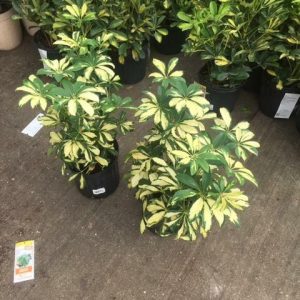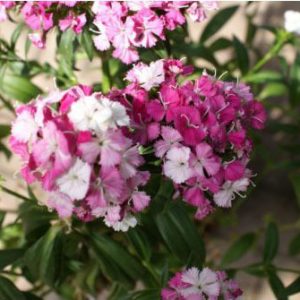Description
Viola – Violet – Heartsease – Pansy – Erpetion –
There are about 400-500 species of annuals, biennials, evergreen, semi evergreen, and deciduous perennial (some rhizomatous), and a few deciduous sub shrubs, within the Violacea family make up this genus. They occur naturally in varied habitats worldwide, with the greatest concentrations of species in North America, The Andes, and Japan. They have variable, smooth edged, usually kidney to heart shaped leaves with stipules. Some species are rosette forming and are very similar to Sempervivums. The mostly unscented flowers, are usually solitary, rarely paired. Each flowers has 5 petals: a lower petal sometimes with a spur, two side petals, and two upward facing upper petals. Most flower profusely over long periods in summer. And may self-seed freely and become a nuisance.
Many cultivars within the genus are informally referred to as garden pansies, violas, or violetta, they are a result of complex hybridization. Garden pansies (V. x wittrockiana cultivars) are short lived perennials, with faintly scented or unscented, more or less rounded flowers often with patterned “faces”. Violas, sometimes referred to as tufted pansies, are compact, tufted perennials with usually scented, more or less rounded, often patterned flowers with rays (lines in a deeper or contrasting color). Violettas are similar to violas, but are even more compact, with small, sweetly fragrant, oval flowers, each with a central yellow mark and no rays.
The perennials and subshrubs are suitable for a rock garden, a scree bed, or the front of a border. Treat garden pansies as annuals, biennials, or short lived perennials. They are good for containers, some are suitable for bedding. Others are winter or spring flowering, and are ideal for planting with spring flowering bulbs.
Grow in fertile, humus rich, moist but well drained soil in full sun or partial shade. In a rock garden grow in poor to moderately fertile, gritty, sharply drained soil in full sun or partial shade, protect from winter moisture. Divide perennial species in autumn or spring.
Prone to mosaic viruses, downy mildew, powdery mildew, crown rot, root rot, rust, gray mold (botrytis), spot anthracnose, and other fungal leaf spot, slugs and snails, aphids, and violet leaf midge.
Viola tricolor – Wild Pansy – Johnny Jump Up – Love-in-idleness – Heartsease – This tufted annual, biennial, or short lived, evergreen perennial, is a common wildflower in Europe and temperate Asia, and grows 3-6” tall and wide. It produces lobed oval to lance shaped, toothed leaves, to 1 ¼” long. From April to September, it bears flowers, 1” or more across, in shades of purple, lavender-blue, white, or yellow, with usually dark purple upper petals, lower petals often streaked dark purple, and spur to ¼” long. Self seed prolifically. Prefers acid or neutral soils.
‘Bowles Black’ – grows 4” tall and 8” wide and as almost black flowers, with small golden yellow eyes
‘Helen Mount’ – Has large flowers, 1 ½” across in spring and summer
‘Molly Sanderson’ – grows 6-8” tall and carries its black flowers over a long period
‘Prince Henry’ – Bears small, very dark purple flowers, up to ¾” across, from spring to summer
‘Prince John’ – bears small, bright yellow flowers up to ¾” across from spring to summer
Zones 3-9





